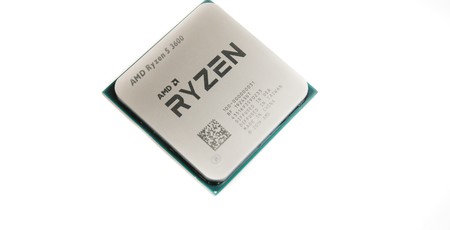
Manufacturer: AMD
UK price (as reviewed): £188.99 (inc. VAT)
US price (as reviewed): $199.99 (exc. tax)
The six-core models of AMD's Ryzen CPUs have, so far, consisted of the same variety - a non X-edition part that sits at slightly lower clock speeds and notably lower TDP, and the X-edition chip perhaps being a better bet for those wanting to stick to stock speeds. In many ways, they've offered some of the best bang for your buck of both first- and and second-generation Ryzen CPUs and a significant step up in multi-threaded performance from CPUs with two or four cores.
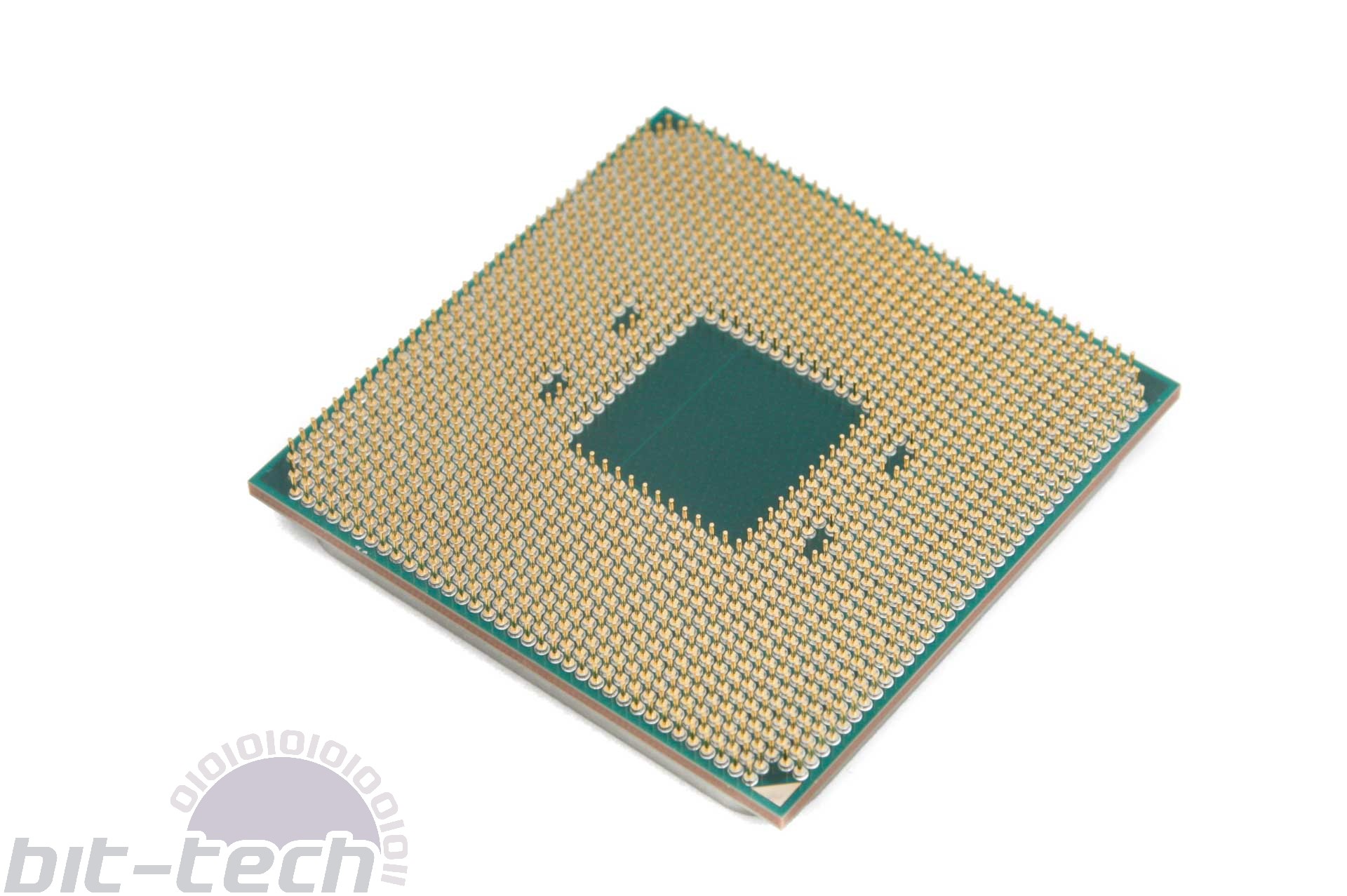
With the latest 3rd Gen Ryzen parts, there's a £40 gap between the Ryzen 5 3600X and Ryzen 5 3600, so the age-old question about whether the cheaper part can overclock to similar speeds as the X-edition part is very relevant here. With a fairly lowly maximum boost frequency of 4.2GHz, the Ryzen 5 3600 might actually be the CPU that benefits most from manual overclocking for a change, seeing as all 3rd Gen Ryzen CPUs we've tested so far have made it past 4.2GHz with ease with an all-core overclock, which would better anything PBO could achieve and provide boosts to both single-threaded and multi-threaded performance.
| Model | Cores/Threads | Base Freq | Boost Freq | Total Cache | TDP (Watts) | Included cooler | SEP (USD) | Availability |
|---|---|---|---|---|---|---|---|---|
| Ryzen 9 3950X | 16/32 | 3.5GHz | 4.7GHz | 72MB | 105W | Wraith Prism RGB | $749 | September |
| Ryzen 9 3900X | 12/24 | 3.8GHz | 4.6GHz | 70MB | 105W | Wraith Prism RGB | $499 | July 7, 2019 |
| Ryzen 7 3800X | 8/16 | 3.9GHz | 4.5GHz | 36MB | 105W | Wraith Prism RGB | $399 | July 7, 2019 |
| Ryzen 7 3700X | 8/16 | 3.6GHz | 4.4GHz | 36MB | 65W | Wraith Prism RGB | $329 | July 7, 2019 |
| Ryzen 5 3600X | 6/12 | 3.8GHz | 4.4GHz | 35MB | 95W | Wraith Spire | $249 | July 7, 2019 |
| Ryzen 5 3600 | 6/12 | 3.6GHz | 4.2GHz | 35MB | 65W | Wraith Stealth | $199 | July 7, 2019 |
Specifications-wise, the Ryzen 5 3600 closely matches the Ryzen 5 3600X, with six cores, 12 threads, 32MB L3 cache and 512KB L2 cache per core, bringing the total of AMD's so-called GameCache to 35MB, which is 1MB less than the two eight-core models. The differences are in frequencies, TDP, and included cooler as well as price, of course. The base frequency sits at 3.6GHz - 200MHz lower than it's more expensive sibling - and we observed an all-core boost of 3.974GHz while the Ryzen 5 3600X managed 4.1GHz using the exact same hardware. The peak boost frequency sits at 4.2GHz, and that's the real sticking point with this CPU if you plan to run at stock speed, seeing how those extra clocks really do add up to offering parity with Intel in lightly-threaded applications and games. The all-core boost is hampered by power constraints rather than a more artificial product stack frequency tweak, as the Ryzen 5 3600 sits at 65W TDP, making it rather attractive as a low-power all-rounder or affordable content creation CPU. As a result, AMD includes the low-profile Wraith Stealth cooler with the Ryzen 5 3600, which sits at 54mm tall, and not the larger 71mm-tall Wraith Spire.
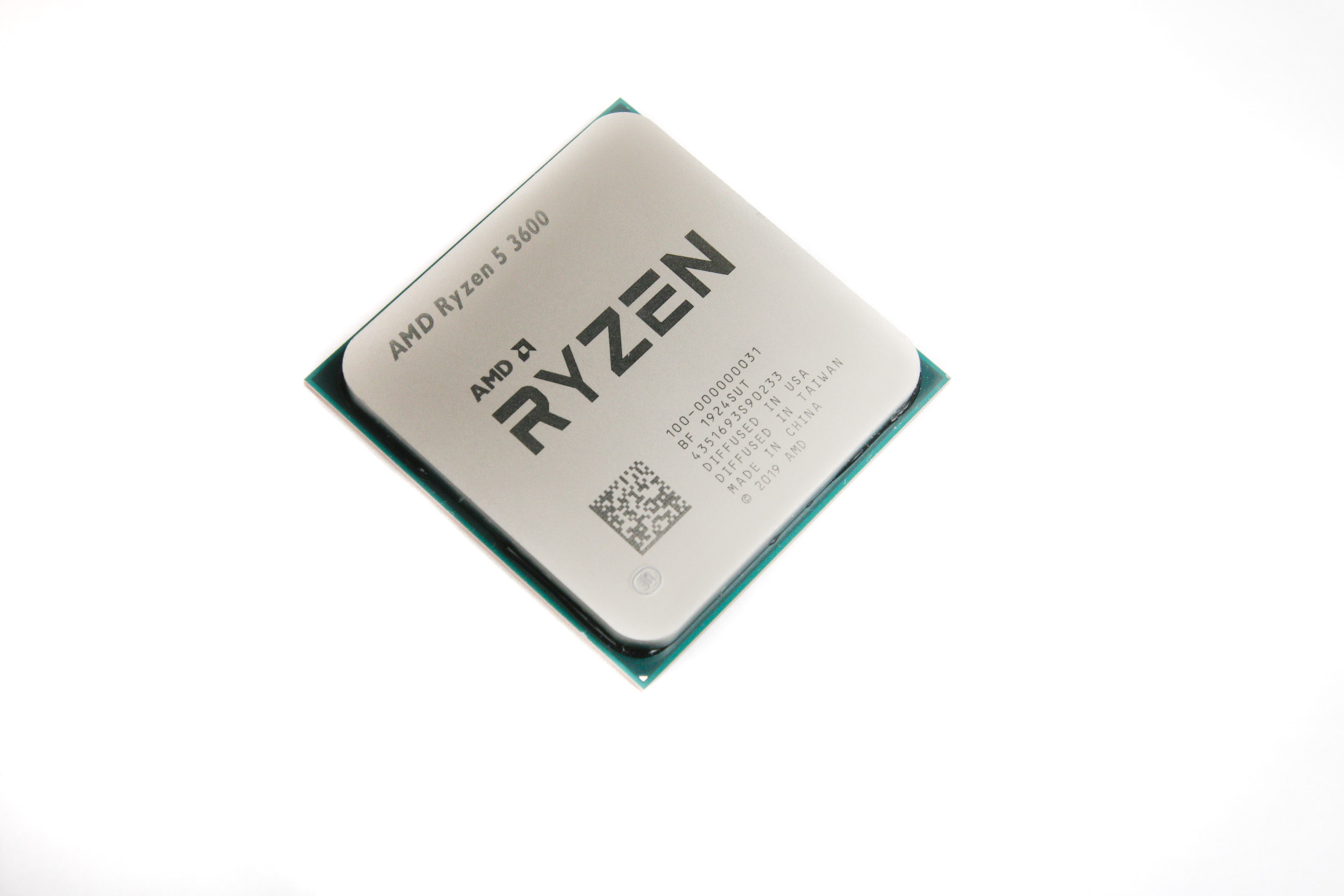
There are some other considerations you should be making, though, such as the fact that AMD's second-generation Ryzen 7 CPUs retail for £230 and £180 respectively, meaning that both are in contention if you're mainly doing multi-threaded workloads (they have two more cores and four more threads each); as good as the Zen 2 architecture is, it's not good enough to see a six-core CPU match or better a previous-generation eight-core CPU. Meanwhile, Intel's Core i5-9400F - the GPU-less six-core model that's been selling like hotcakes thanks to a price cut to below £150 - and the Core i5-9600K at around £220 are likely to offer solid gaming performance if that's your only concern. So, let's take a look at the numbers.

MSI MPG Velox 100R Chassis Review
October 14 2021 | 15:04

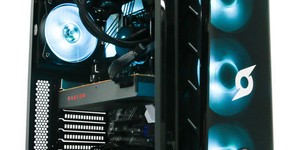
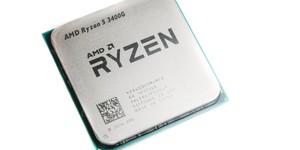
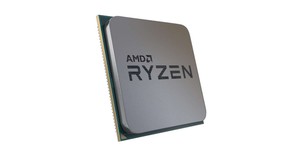




Want to comment? Please log in.